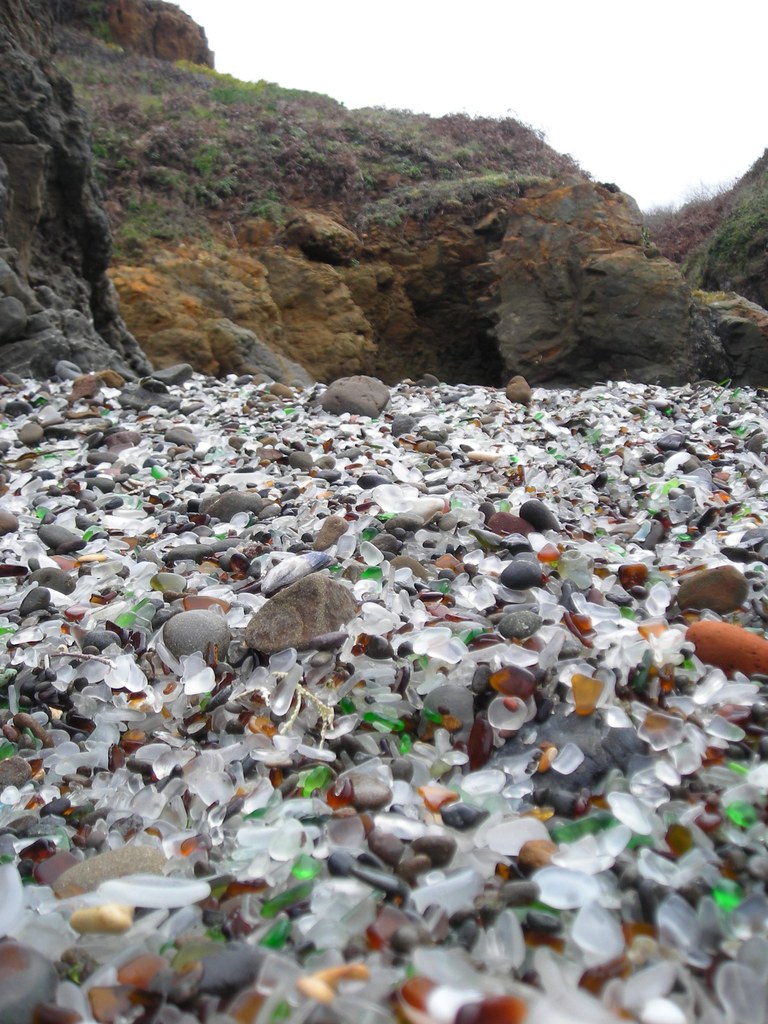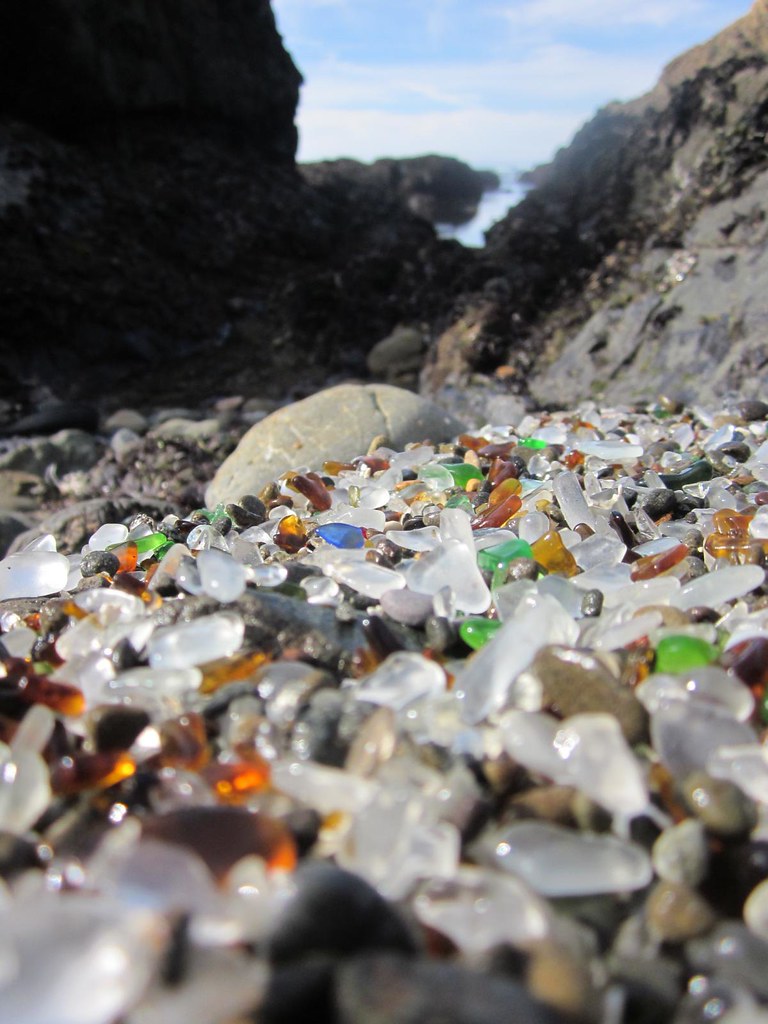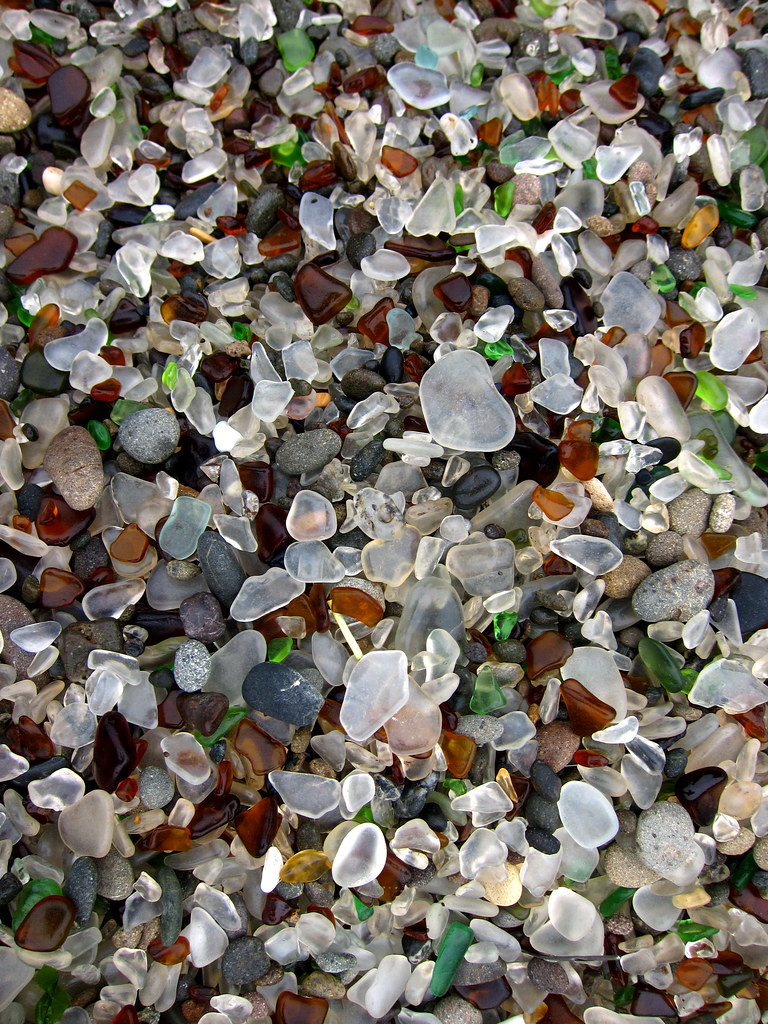The Last Ones Standing-Walled Villages in Hong Kong
Kat Hing WaiHong Kong’s Traditional Walled Village Washed Away in Time | ||
| Kat Hing Wai – Traditions Lost in History | ||
| Featured in Lonely Planet as the city’s most visited of the remaining traditional sites, Kat Hing Wai used to be foreign tourists’ favorite historic spots to visit.
Once exclusive to the Tang clan,the village has changed its facade immensely over the years, and it now welcomes outsiders from other parts of town, or even expatriates. Some of the heritages that the village once boasted of have faded away in time, and many tourists no longer find themselves in too much excitement for its remaining traditions.
As a family property, Kat Hing Wai has protected the Tangs against bandits, pirates and wild animals through the centuries. In its early planning, Kat Hing Wai’s walls were surrounded by a moat, but as families expand, the village rebuilt most houses and converted the moat to a sports filed and a parking lot.
| ||
| Kat Hing Wai’s Past and Present | ||
“It’s my first stop in Hong Kong…but it was not quite as I expected.”
Albert, a Taiwanese American who lives in Shanghai, found Hat King Wai to be different from what he had expected.
| ||
“There are very few (tourists) nowadays..There is nothing for people to see. People go back to the mainland.”
Madam Lo, a senior resident of Hat King Wai,wife to one of the descendants of Tang family, said that a lot had changed at in her village.
| ||
| History | A Glimpse into Kat Hing Wai’s Remaining Heritage | People and Culture |
| Walled villages, or wais, are one of the oldest heritages in Hong Kong.Once common in southern China, walled villages were created by early immigrants to Hong Kong, the Punti and Hakka people, to fight againts pirates duringMing and Qing dynasties(approximately from the 13th to the 20th century).
Kat Hing Wai is one of the most famous walled villages in Hong Kong with cultural heritages protected by law. According to government files, Kat Hing Wai was established by Tang Chue-yin and Tang Chik-kin in the early years of theKangxi reign(1661–1722) of the Qing Dynasty.
Its original residents, the Tang Clan, are one of the “Five Great Clans” in the territory. The village is surrounded by other three, Wing Lung Wai, Tai Hong Wai, and Kam Hing Wai, which were built around the same time.
| People who have lived in Kat Hing Wai through centuries call themselves “Punti” who come from the Guangdong province in southern China.
Punti people used to be one of the two largestHan Chinese along with the Hakka.Located far away along coasts and on mountains, walled villages were once secluded and guarded with big dogs. In fact, they are usually thought of as hostile to outsiders.
For example, although Kat Hing Wai was successfully developed into a heritage tourist spot protected by law, official documents show that the government’s proposal to do so was initially met with great resistance.
| |
| Location | Map | |
Walled villages in Hong Kong are mostly located in Yuen Long, Sha Tin,Tai Po, Tuen Mun, and North districts.
The most famous ones include Kat Hing Wai, Tsang Tai Uk, Sheung Shui Wai, Fan Ling Wai, and Nga Tsin Wai Tsuen spreading across remote places in New Territories.
These locations are mostly winding shores, hilly lands and islands that are particularly vulnerable to pirates’ attacks, so local residents build walls to protect themselves. Some villages are even equipped with cannons.
|
View
The Walled Villages in Hong Kong in a larger map.
| |





























